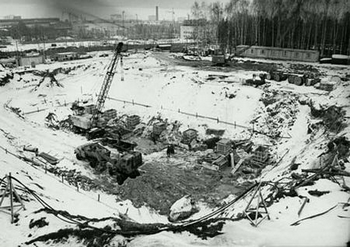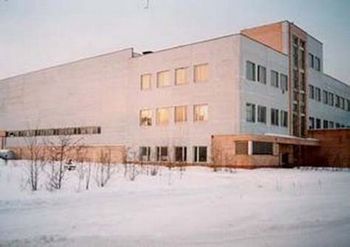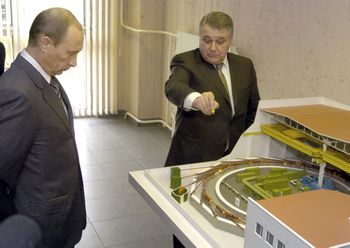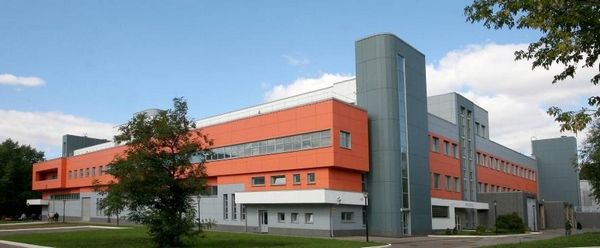|
History
In the seventies, an active development of research methods that use synchrotron radiation (SR) - a powerful electromagnetic radiation generated by relativistic electrons in a magnetic field - began all over the world. SR has a number of unique properties: spectrum continuity from infrared region to hard X-ray radiation, high brightness, which is many orders of magnitude superior to laboratory X-ray sources, a high collimation and polarization degree, etc.
In 1978 a resolution of the USSR Government on the construction of a synchrotron radiation source was published. This resolution initiated construction of the Synchrotron Radiation Center at the I.V.Kurchatov Institute of Atomic Energy Institute (now – Kurchatov Institute).
The Synchrotron Radiation Laboratory was organized in Department of General and Nuclear Physics of Kurchatov Institute in 1979. Relatively small SR source in vacuum ultraviolet and soft X-ray region was launched and research in spectroscopy and LIGA technologies field was started in 1982. Superconducting 3-pole wiggler was installed on the storage ring in 1984.
Construction of building ¹348 for large storage ring (synchrotron radiation source in hard X-ray) was started in 1985 and finished in 1990. Difficult political and economic situation in the country in the end of the eighties affected time of commissioning of Kurchatov SR source. The large storage ring magnetic systems were launched in 1993, and 2.5 GeV electron beam was obtained in 1994.
The task of equipping the Kurchatov SR source with beamlines was entrusted to the Institute of Synchrotron Research (part of Kurchatov institute), established in 1999 (director Mikhail Kovalchuk).
At October 1, 1999 Prime Minister Vladimir Putin opened first specialized source of synchrotron radiation (“KISI-Kurchatov”) in Russia at the Kurchatov Institute. In his speech at press conference, he noted that, despite the difficult times for Russia, the creation of conditions for the development of fundamental research is extremely important, because without this "there will be no future for our country, no future for our nationhood." And until now, “KISI-Kurchatov” remains the only specialized source of SR in former Soviet Union.
The Kurchatov Center for Synchrotron Radiation and Nanotechnology was formed on the basis of the “KISI-Kurchatov” (director Mikhail Kovalchuk) in 2003. Number of beamlines has been increased significantly. “KISI-Kurchatov” was included in the federal register of unique scientific facilities, and since then it has been operating as a shared research center for wide range of users.
Research team of M. Kovalchuk, V. Korchuganov, V. Kvardakov, V. Stankevich and scientists from the Budker Institute of Nuclear Physics SB RAS (Novosibirsk), Shubnikov Institute of crystallography RAS (Moscow) and Federal Science and Innovation Agency became the laureate of the prize of the Russian Federation Government in science and technology field "for the creation of a scientific and technical complex based on specialized synchrotron radiation source in 2006.
In 2007 – 2009, a deep modernization of the Kurchatov SR source was accomplished, with the purpose to improve performance of the source and expand the fleet of beamlines. As a result, the experimental hall was significantly expanded, creating the opportunity for a larger number of longer beamlines to be placed inside.
|





